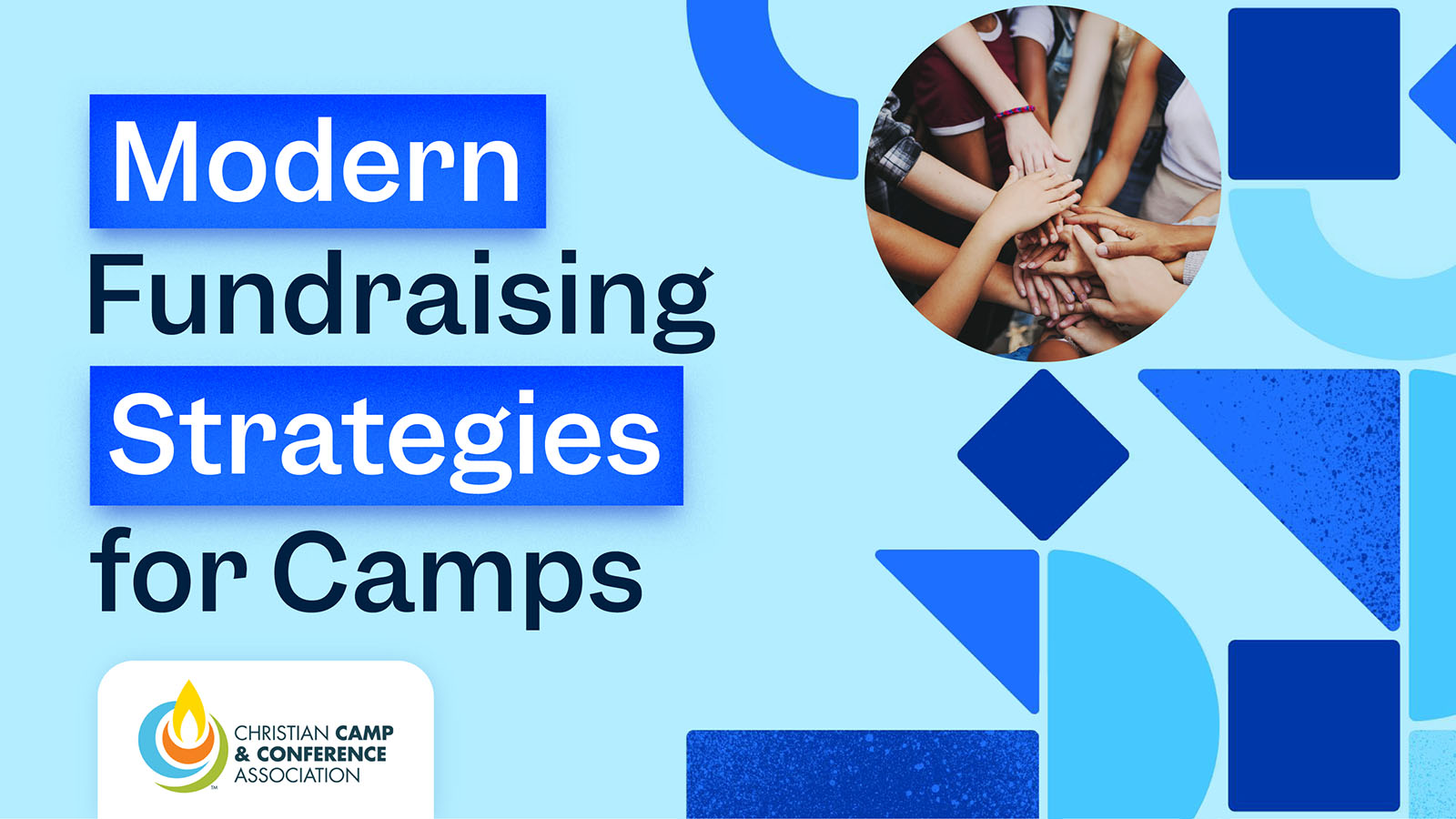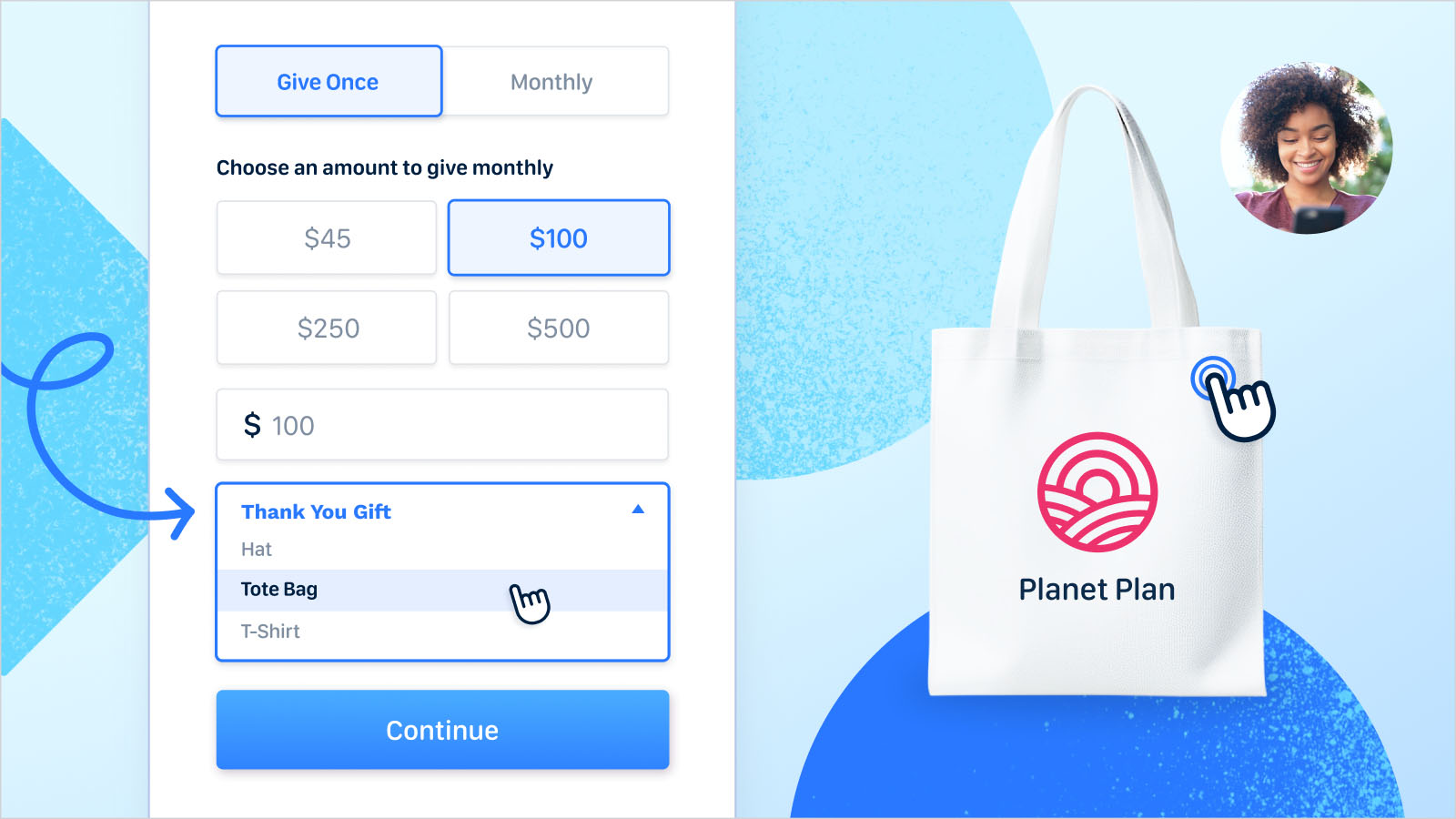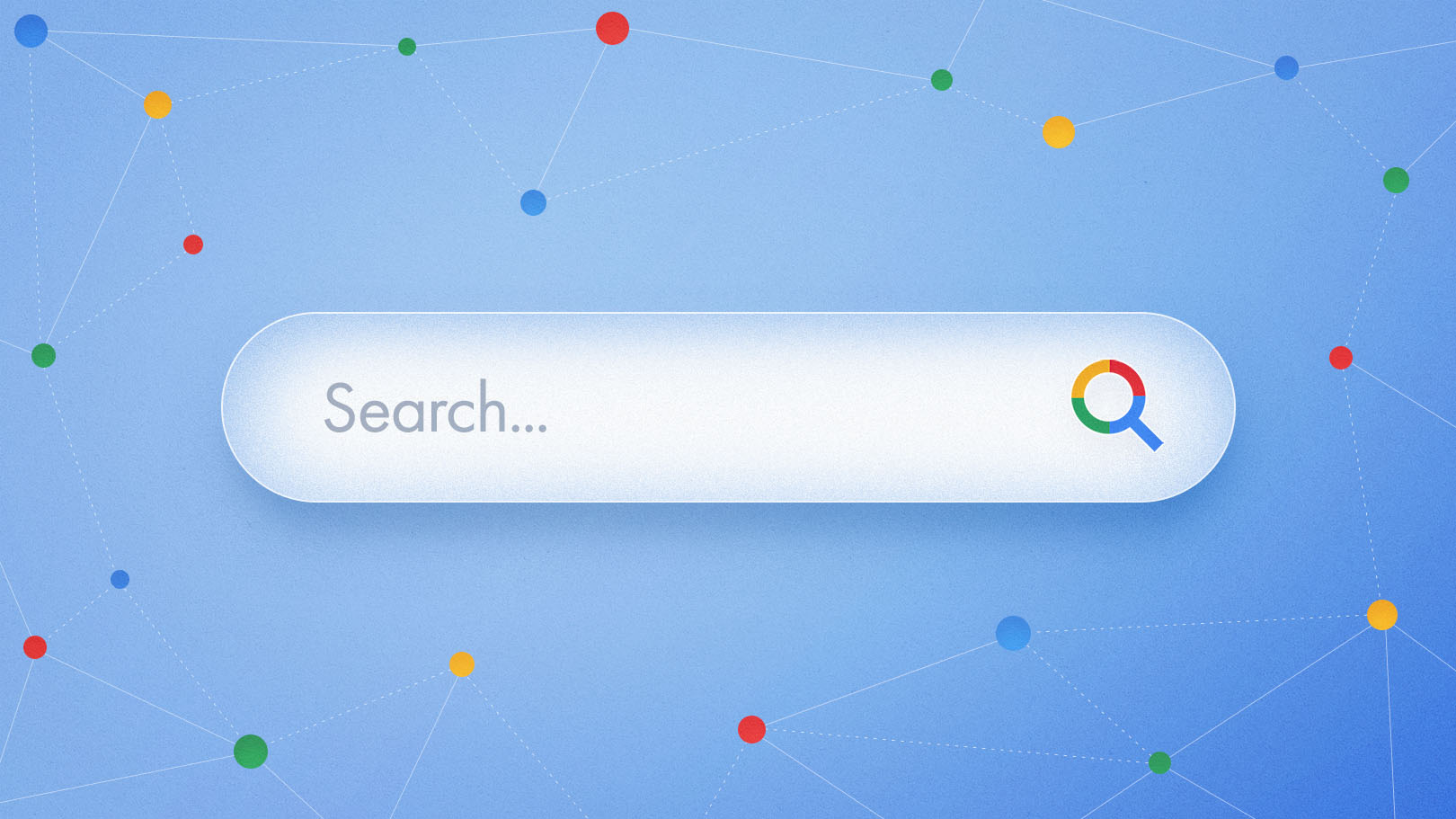Here's that title again—'cause it's true:
Your Nonprofit Is Buying Software Wrong.
But you're not alone. Most nonprofits are terrible buyers. The good news? Changing the way you buy software will radically change your organization's growth trajectory.
And as Funraise's VP of Sales, I'm here to help you do just that. Today, I'm switching from my role as a sales specialist into a nonprofit consumer so I can step into your shoes and show you the customizable method of purchasing that's proven to lead to more efficient use of resources and increased impact.
Let's start with the ways in which nonprofit conversations differ from a business person’s mindset and buying process.
Nonprofit approach:
- Problem
- Checklist
- Cost
Business approach:
- Roadmap
- Relationship
- Returns
These aren't just different words that mean the same thing. These two lists represent wildly divergent expectations of the software these two organizations are buying. Let's take a look...
Roadmap
In the buying process, nonprofits are looking for ways to solve today's problems rather than get in front of the issues that are headed our way. If you're asking, "How do we become mobile-friendly?" I hate to tell you—we’re past that! Over 50% of nonprofit web traffic comes through mobile. The more important question? Where are you going to be in 3 years?
A great nonprofit buyer (like you) is going to take a look at Funraise's roadmap and envision how it intersects with their strategic plan instead of simply holding their tech provider up to a preconceived checklist. The best nonprofit partners trust us to do the innovating. They ask, “Where are you going as a platform? What are you working on to solve the problem I will have 3 years from now, that I can’t even predict yet? How are your innovations going to help me continue to grow and increase impact?”
Let's map it out together, shall we?
Relationship
Most of the time when I engage with nonprofits, the first thing we talk about is pain. You've got a list a mile long of things you need to accomplish, and you're looking for software that concretely contributes to checking off all the boxes on your to-do list.
Anyone want to guess the most common pain point? ...It’s support. Not "It’s glitchy" or "I can’t view my data the way I need to." It’s, “I can’t get ahold of anyone. I’ve called, I’ve emailed, I’ve chatted. I need help to make good use of the thing I’ve invested in, and I can’t get that help.”
That relationship is a bridge between you and the software you're purchasing, and I know for a fact it’s the single biggest reason Funraise gets rave reviews and has a 110% net renewal rate.
As buzzy as "innovation" is, and as advanced as technology is, software is only as strong as your ability to use it, and sometimes you have questions. Need training. Could use help strategizing and goal-setting. Funraise is here for all of that.
Return
If there were one gift I could give nonprofit leaders, it would be an understanding of and belief in the concept of opportunity cost.
Opportunity cost is the cost of the thing you did not do. One more time: opportunity cost is the actual cost, in dollars and cents, of the thing you did not do. You might be surprised to know that hardcore economists have wonderful imaginations, and here’s how they use them: They believe that the actual financial gain you missed out on by not taking an action is just as real as the literal money you paid for the thing you did do.
Here's an example:
You keep doing what you’re doing today, keep your costs low at $5K and generate $100K in donations. Net: $95K.
Let’s take it further. You have the option to invest another $5K in more effective tools and generate an additional $100K. But you don’t. Because you think, “I simply can’t double my spend. I’m spending $5K on fundraising technology, my board would flog me if I told them I want to spend twice that.” You walk away from the $100K and pat yourself on the back because you stayed on budget!
Guess what: You just cost your organization $95K. Let that sink in. You cost your beloved organization, which you are working your ass off to fund, ninety-five thousand real dollars.
Do you see? With the right mindset, it’ll become very clear that you’re not spending $5K more; you’re earning $95K more.
If you remember nothing else we talked about today, please remember this: Stop thinking in terms of cost. Start thinking about software spend as an investment.
Here's what you're going to ask: How much does it cost? What is it going to change about my revenue potential, and what’s the difference? Is it 3x-5x? That’s a good investment for a businessperson. At Funraise, we’re usually looking at a minimum of 10x for our users—all the way up to *literally* 1000x.
So, ditch the cost mentality. What is this investment going to do for your ability to raise money and increase your impact? Time to get your nonprofit some returns.
Now that we've talked process, let's get to the fun stuff! Read on for 7 examples of nonprofits that got the purchasing process oh-so-right. Maybe you'll see your own organization in these case studies.
7 Impressive Nonprofit Examples

1. Surge Project
Roadmap
Surge Project’s global goals are huge. Planting at least one church a day, they’ve made their mark through over 26,000 churches across the world. To level up their mission, they needed a partner who could think even bigger.
Relationship
Surge Project worked one-on-one with Funraise’s Chief Product Officer to put a forward-thinking, customized crowdfunding campaign into place.
Return
Surge Project raised over $500k online in their first year with Funraise, plus they tapped into a huge donor pool that had previously been unable to fund the large Plant A Pastor sponsorships.

2. Stop Soldier Suicide
Roadmap
Stop Soldier Suicide’s big, bold goal is to close the gap that stretches between soldiers at risk for suicide and the U.S. population—by 2030. A goal like this requires aggressive fundraising and implementation tactics.
Relationship
Tina Starkey, Chief Growth Officer at Stop Soldier Suicide said, "Our partnership with Funraise gave us the push we needed to keep increasing impact, even during the pandemic." Because that’s what a good partner does—encourages you at your best as well as on your down days.
Return
This one’s a doozy! Stop Soldier Suicide raised $4M and gained 100k new donors in 2020 through Facebook fundraising alone. They’ve raised over $2M the same way to date in 2021, and are set to surpass 2020’s successes. Without partners like Funraise and GoodUnited, this wouldn’t have been possible.

3. Innocence Project
Roadmap
Innocence Project’s growth trajectory looked like a rocketship—great news for any nonprofit, right? Well, when you’re working with an underperforming partner, that can become scary.
Innocence Project had the foresight to look down the road and realized their existing fundraising software would be outpaced by their growth in very short order. So, they turned to Funraise.
Relationship
During the sales process, Funraise worked with Innocence Project to create an integration system that worked for them—and benefitted other customers.
Return
Innocence Project’s stats speak for themselves! In their first 16 months with Funraise, Innocence Project
- Raised over $10M online from over 70,000 individual donors
- Raised over $2.2M in recurring revenue from over 8,800 recurring donors
- Increased recurring revenue every single month as a Funraise customer

4. Action Against Hunger
Roadmap
Action Against Hunger is up for innovation. Their roadmap and goals include all sorts of experiments to increase conversion, including storytelling testing, international donation forms, and the famous pop-up donation forms.
Relationship
With both parties focused on innovation, Funraise and Action Against Hunger make a dynamic duo. And the sharing of successful strategies means that success can be tried and tested and improved upon by other nonprofits in our sector.
Return
“The results proved to be pretty amazing for us.” A short quote from Andrew Chappell, Digital Lead at Action Against Hunger, but one that we fully agree with. Using Funraise’s pop-up donation forms and Andrew’s instinct and expertise, Action Against Hunger was able to see a 78.4% increase in their total conversion rate for a total value increase of 23.3% for one-time gifts and 65.8% for monthly gifts.

5. Safe Families for Children
Roadmap
Safe Families for Children is a 40-states strong child welfare organization. Traditionally (and understandably), their focus has been on the kids. But as COVID spread, they needed a user-friendly way to connect their communities so that everyone from technophiles to technophobes could be a part of their movement.
Relationship
“Fundraising is like broccoli, but you've made it into candy corn and cake.” Ken Norwood, COO of Safe Families for Children, is one of our favorite customers… and from this quote, you can see why! With other fundraising technology providers, Ken says the relationship was a typical vendor-client situation. But with Funraise, “we knew we had a partner. You really listened... and helped us problem-solve.”
Return
The proof is in the pudding:
- Even during Covid, Safe Families' one-time gifts went from an average of $25 to ~$35.
- Safe Families saw a 301% increase in their donor base in 2020.
- Online giving revenue grew by 583% year-over-year.
- Individual giving is up by ~70% in Safe Families' first year with Funraise.

6. Liberty in North Korea
Roadmap
Like many nonprofit fundraisers in 2020, LiNK’s biggest fundraisers were in danger of being canceled. But as perpetual planners, pivoting to their Plan B was practically a piece of cake.
Relationship
As one of our first customers, Funraise has a special relationship with LiNK. So it’s no surprise to learn that our team pitched in when our friends asked for help. That’s what friends are for.
Return
LiNK’s virtual events surpassed their goals, which was pretty special, considering they almost canceled the events altogether.
- Total amount raised: $1.06M
- Number of unique supporters: about 1100
- Number of first-time donors: about 840

7. One Tail at a Time
Roadmap
Aside from the animals they save, at One Tail at a Time, it’s all about the donors. They wanted to use innovative strategies to build on their membership growth and keep recurring rocking.
Relationship
One Tail at a Time's staff is unbelievably warm, so it was easy to work with them to merge innovation and personalization for friendly outreach strategies.
Return
With one staffer, dedicated volunteers, and the automagic of Funraise, One Tail at a Time was able to convert 50% of their first-time donors to recurring members and increase their recurring program 1000% from 2016 to 2020—resulting in 88% more animals rescued YoY in 2020.
Now that you've got a fundamentally transformed outlook on buying and an organized software purchasing process to implement that shift, reach out to us here at Funraise and apply what you've learned. We love to talk to informed buyers like you!































.webp)
.webp)











.webp)
.webp)

.webp)
.webp)
.webp)




